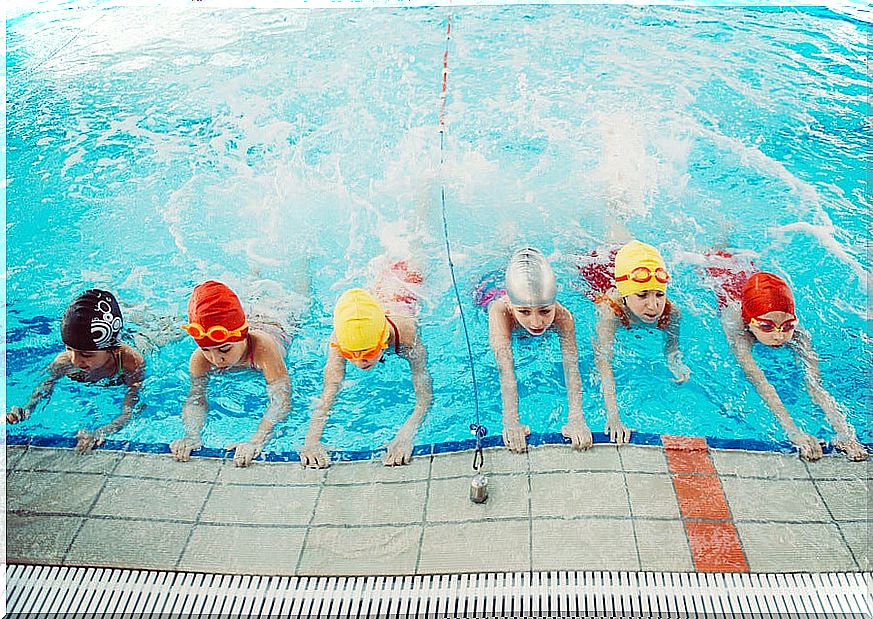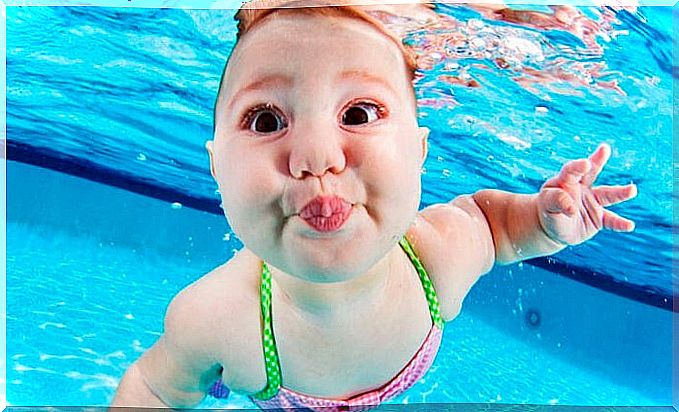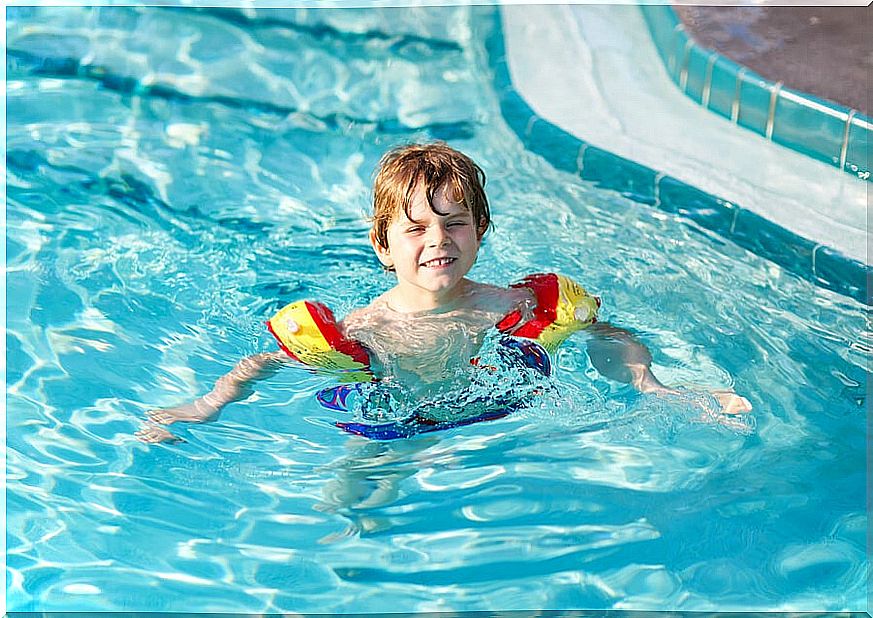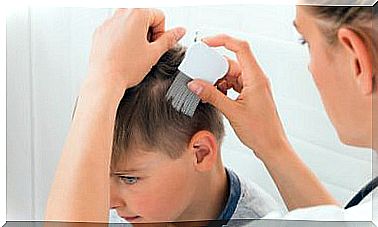Why Is It Important To Teach Children To Swim?

The most important reason why we should teach children to swim is safety. Let’s not forget that it is a skill for life. The statistics confirm it: a total of 728 children would survive each year just by knowing how to swim.
Swimming is a complete physical activity, as it requires children to actively engage their bodies and minds while having fun. One of the great benefits of swimming is that children can start swimming as soon as they are six months old.
Little ones will learn to be comfortable in the water, blow bubbles and hold their breath. In addition, any formal swimming program includes teaching children to float on their backs and hold themselves.
This teaching has great benefits. Among other issues, the child can literally be saved from a dangerous situation. They are constantly exposed to many risks: rivers, lakes, piers, a boat trip, a swimming pool. Also, the earlier your little one starts teaching how to swim, the more his physical and mental health will improve.
10 reasons to teach children to swim
1. It is essential for your safety
Drowning is the second leading cause of injury-related unintentional deaths in children ages 0-14. It is vital that all children know how to swim at an early age; parents should make sure they feel comfortable and safe in and around the water.
2. It is a low impact sport
Since it is practiced in water, the body is 90% floating. Therefore, it is not hitting the ground by gravity. Swimming provides resistance training; It is an ideal activity to tone shoulders, arms, back and abs.

3. Swimming is one of the most complete sports
Contributes to physical, emotional and neurological development. It also reduces the risk of cardiovascular disease, strengthens lung capacity – increases its resistance to childhood asthma – and improves metabolism.
4. It is an economic activity
You can find public lakes and community pools, many cities have them. Some elementary and middle schools and colleges include swimming in their sports programs, and many universities offer scholarships for this sport.
5. Swimming is a social activity
As such, it allows children to interact with their peers; it’s a wonderful opportunity for little ones to learn social skills and build friendships.
6. The child will learn the value of teamwork, self-motivation and goal setting.
Swimming provides challenges, achievements, and rewards; t odo this will help our child to have confidence in yourself and believe in their skills, strengthening their self – esteem.
7. Learning to swim is a lifelong skill.
Offering children the possibility of learning to swim is giving them a great gift that will accompany them forever and that will improve their physical and mental health.
8. The practice of swimming causes our body to release endorphins
With this, the chances of suffering from depressive symptoms are reduced and moods are immediately improved.
9. Swimming is highly recommended for children with disabilities
Children with autism are lovers of water. This medium provides them with a state of stillness that makes them feel better.
10. Learn to swim as a basis for other sports
This ability opens the door to the practice of other water sports ; some of them are sailing, diving, canoeing, surfing, triathlon and kayaking.
Parents play a fundamental role in the process of teaching their children to swim; Their presence provides children with security and stability, strengthening family ties.

Tips for parent coaches
Here are some suggestions to consider when teaching children to swim:
- They must be taught to swim as soon as possible; it is advisable that the little one learns before reaching the age of six.
- In order for them to get into the habit of bathing, it is necessary to motivate the little ones and take them to swimming pools where there are children playing; This will ratify the association between water and fun.
- Parents must enter the pool and accompany the child as long as he wishes.
- The best thing is to make a game out of the lessons, get their attention.
- Parent coaches should not pressure children. Adults need to relax.
- A relaxed atmosphere will make the little one enjoy the experience and be motivated to learn to swim; everything must be a positive experience, wanting to return.
With these basic but effective notions, the task of teaching children to swim can be simplified a bit. As we mentioned, the benefits are enormous and, more importantly, it is a tool that your child will carry with him for a lifetime.










